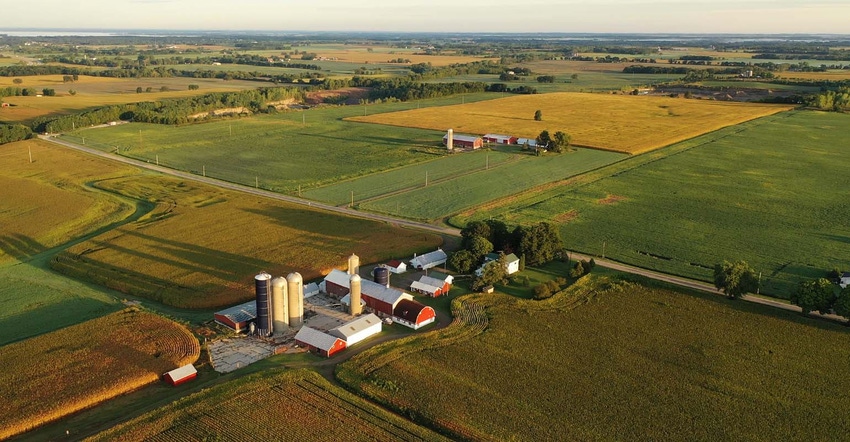November 1, 2021

To say that the issues influencing 2022 planting decisions are volatile would be an understatement. Growers have many moving factors to consider as they pencil out their production and marketing plans.
Supply chain issues
Prices for anhydrous ammonia have skyrocketed to over $1200 a ton and that is even if a grower can secure the supply if they haven’t locked in prices yet. Availability of herbicide and other inputs for this spring is also causing concerns for potential yields next year.
Weather concerns
Lack of rainfall in July and August added concerns that there is lack of subsoil moisture for the 2022 crop. Now, recent rainfall in significant portions of the corn belt is starting to beg the question if growers will have the ability to apply all the nitrogen they were planning on this fall.
Domestic acres
Speculation on what acres will be planted for next year has surfaced early this year. Amplified by the supply chain issues we have already mentioned, favorable market prices for crops like wheat and cotton are making growers ponder how many acres will shift out of corn, if at all.
Global competition
Brazil is off to a fast start in planting their soybean crop this year. The USDA currently has their bean crop forecasted to be a new record. Mother nature will have the final say in the size of that crop, other factors like inflation and the value of the dollar compared to our global competitors will have an impact on how competitive our exports will be in the global market. We haven’t even addressed the question on how much China will buy.
Production plans
With all these moving pieces up in the air, decisions have been made and are currently being made on what will be planted for next year. Maybe you are going to stick with your normal rotation because it works for your operation, and you are going to hedge your bets as to which will be the most profitable crop for next year. Maybe you are the grower that is going heavier soybeans next year due to higher corn input costs and recent good yields on soybeans in 2021 makes you more excited to plant beans. Maybe you are the contrarian that is going heavier corn and you prebooked your anhydrous at a decent price because you think the masses are going to go heavier into soybeans and other crops next year.
Since none of us have the crystal ball, no one truly knows what the best plan will be for next year. However, since seed and chemical orders have taken place or are currently taking place, the production plans for the 2022 crop are in full motion. The big question is if you are already this far along in the production plan, what is the status of your marketing plan to support that production?
Currently we have Dec22 corn futures around $5.50 and Nov22 bean futures around $12.40. In the event of a significant price decrease, does your marking plan lock in profitability for you at your intended acres? In the event of a significant price increase, does your marketing plan provide you with substantial upside to capture those higher prices?
Flexibility of the marketing plan
We have already mentioned a couple of the supply chain issues. How these will be resolved is tough to say. Knowing what new challenges will pop up is even tougher.
What we do know is that there are unknowns that exist from both the supply chain side for input availability as well as unknowns on the weather (either this fall or next spring) that can also change our plans for either the acres that we will plant next year or the yields we get from those acres. That being said, you need to review your marketing plan to see if it offers you the flexibility to adapt should those acres or yields change.
Bottom line
We have faced and will continue to face uncertainties in our crop plans for next year. Make sure that you position yourself with a marketing plan that will allow you to:
adapt to changes in your acres and/or yields for next year;
provide a floor for you in the event of declining crop prices; and
offer you the flexibility to capture higher prices.
Find someone you can trust to help you walk through these plans with you. You don’t have to face it alone.
Contact Advance Trading at (800) 664-2321 or go to www.advance-trading.com.
Information provided may include opinions of the author and is subject to the following disclosures:
The risk of trading futures and options can be substantial. All information, publications, and material used and distributed by Advance Trading Inc. shall be construed as a solicitation. ATI does not maintain an independent research department as defined in CFTC Regulation 1.71. Information obtained from third-party sources is believed to be reliable, but its accuracy is not guaranteed by Advance Trading Inc. Past performance is not necessarily indicative of future results.
The opinions of the author are not necessarily those of Farm Futures or Farm Progress.
About the Author(s)
You May Also Like






